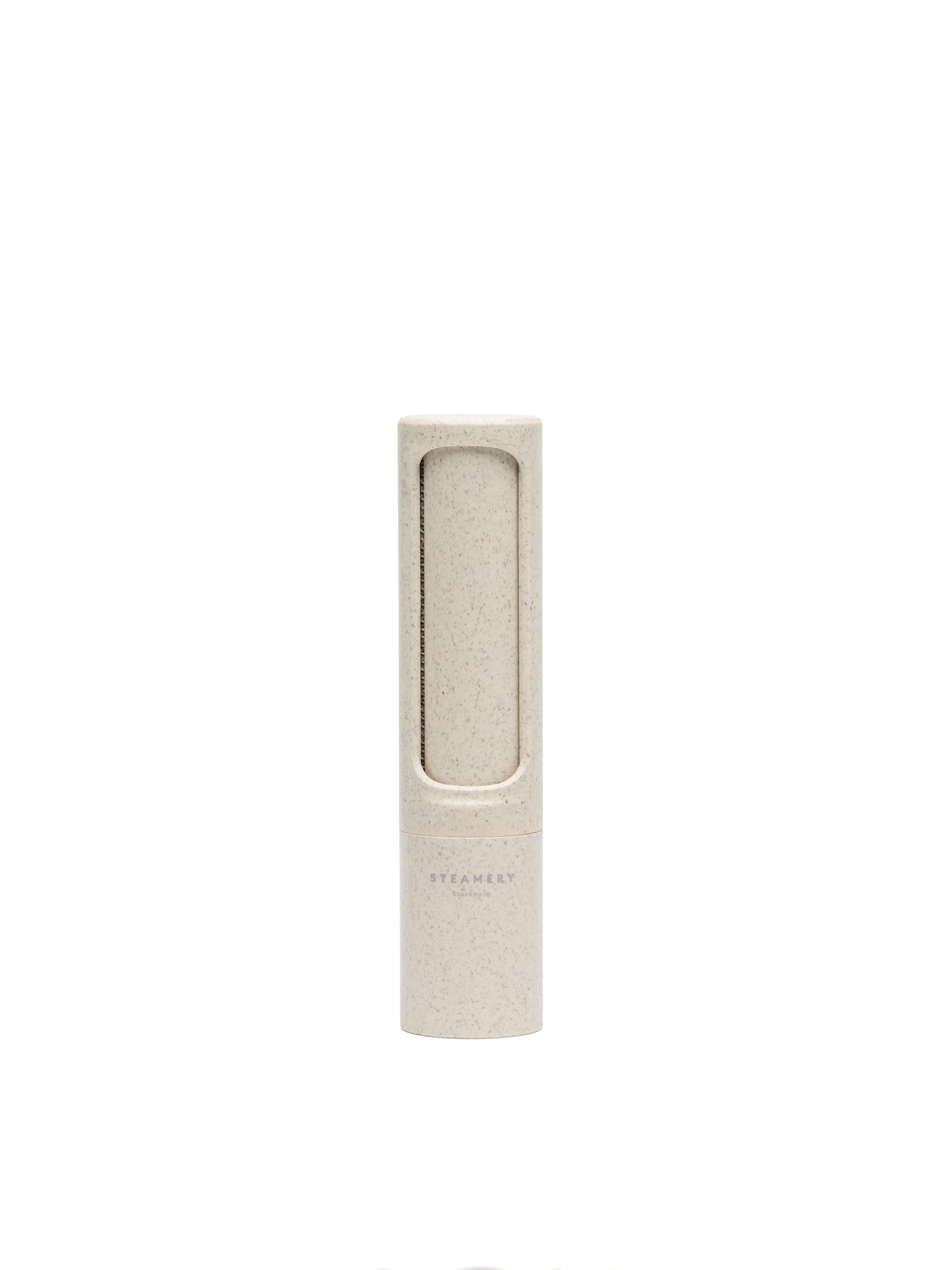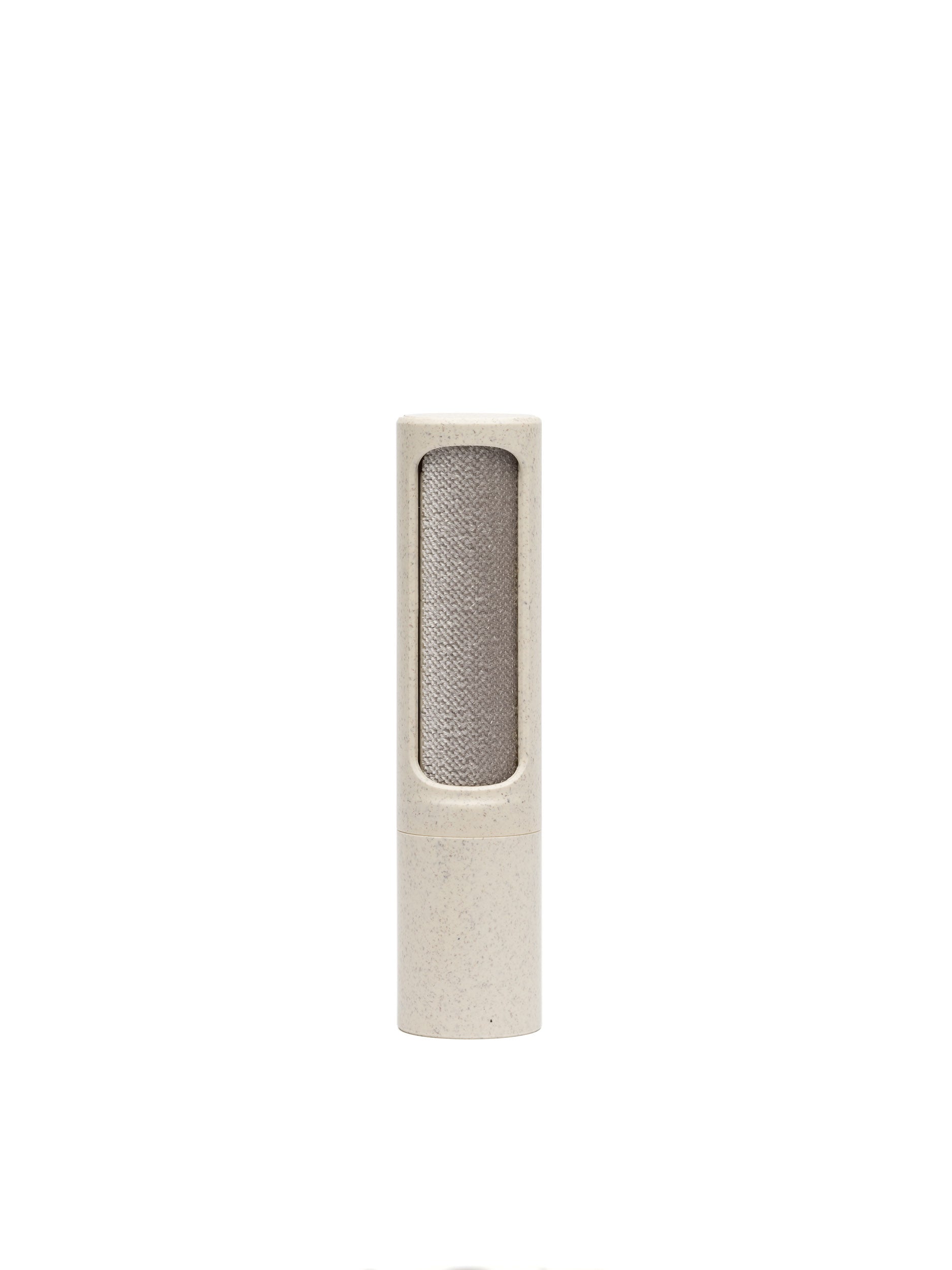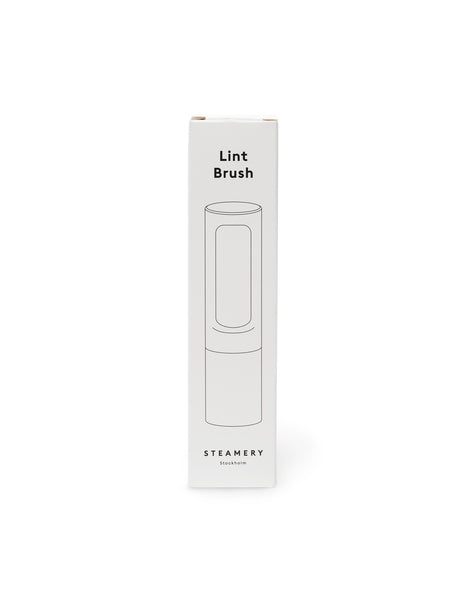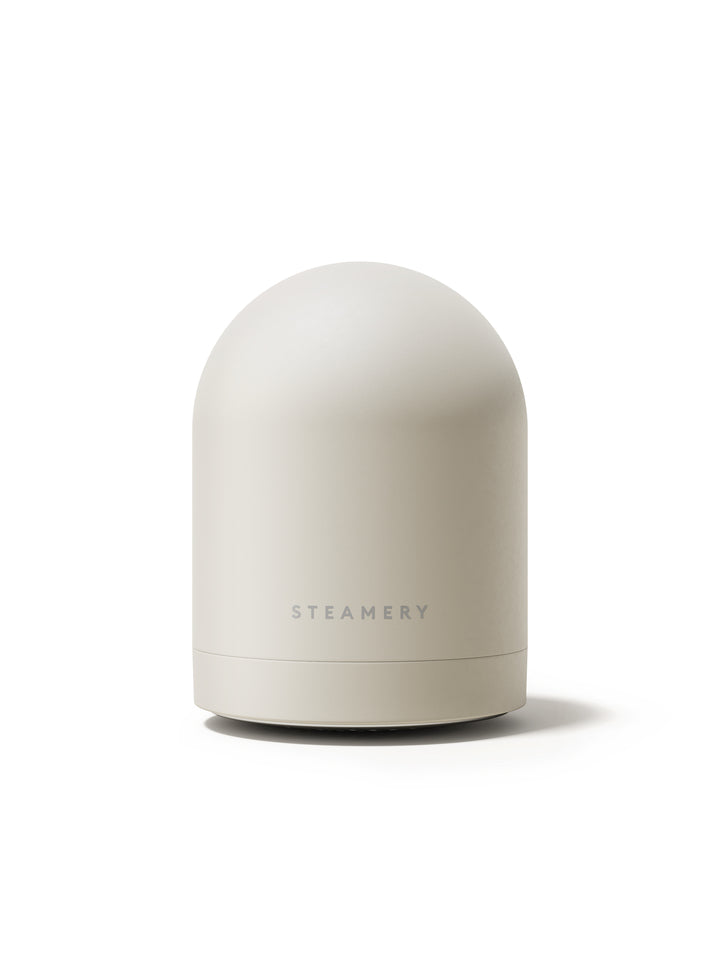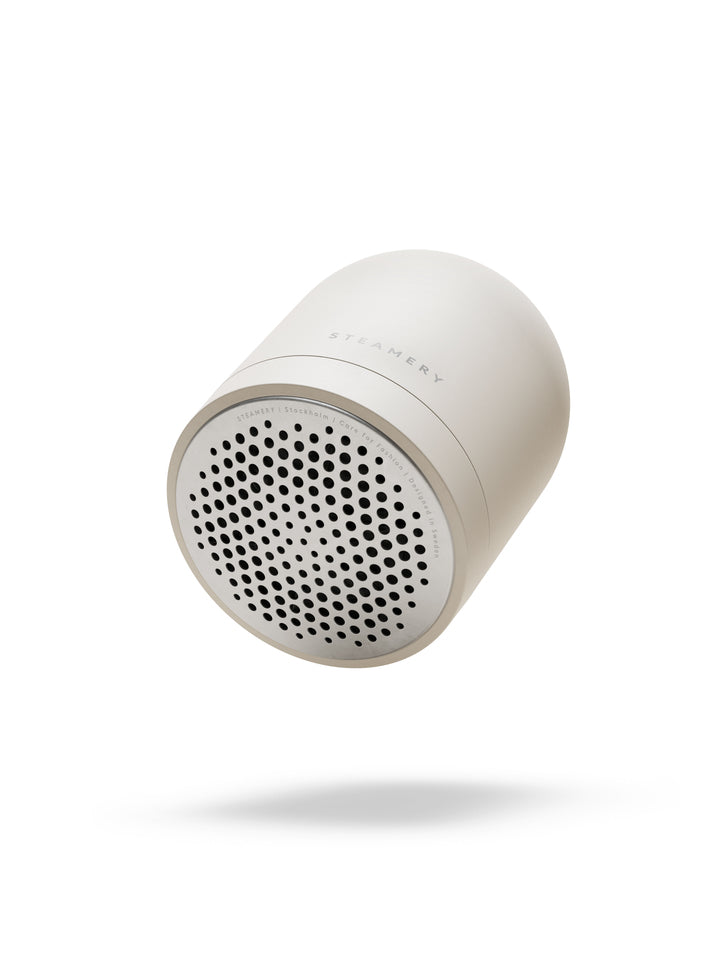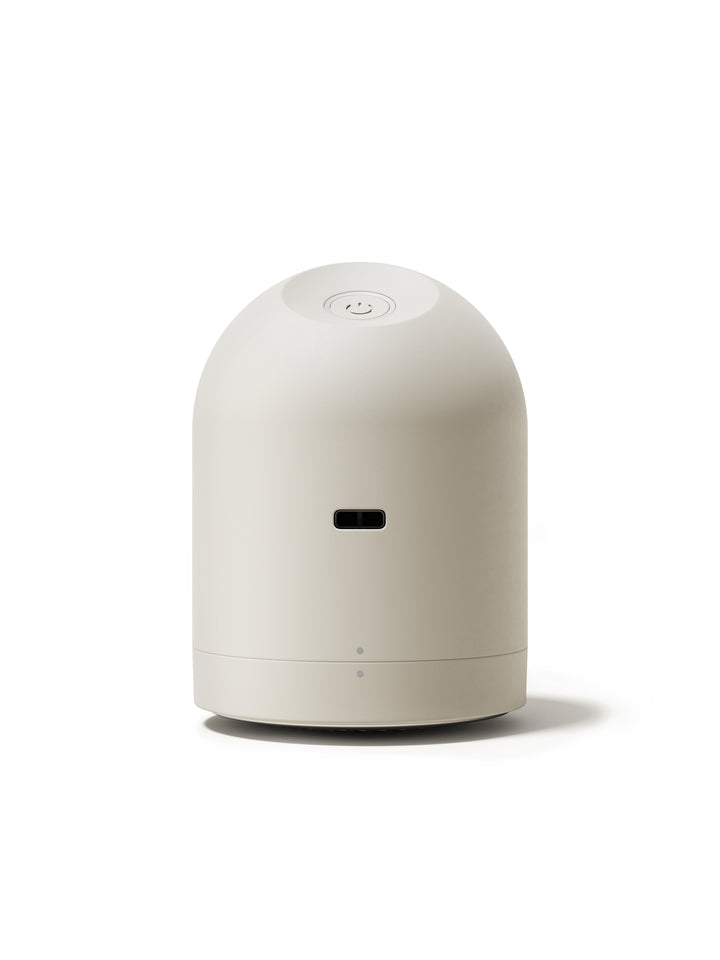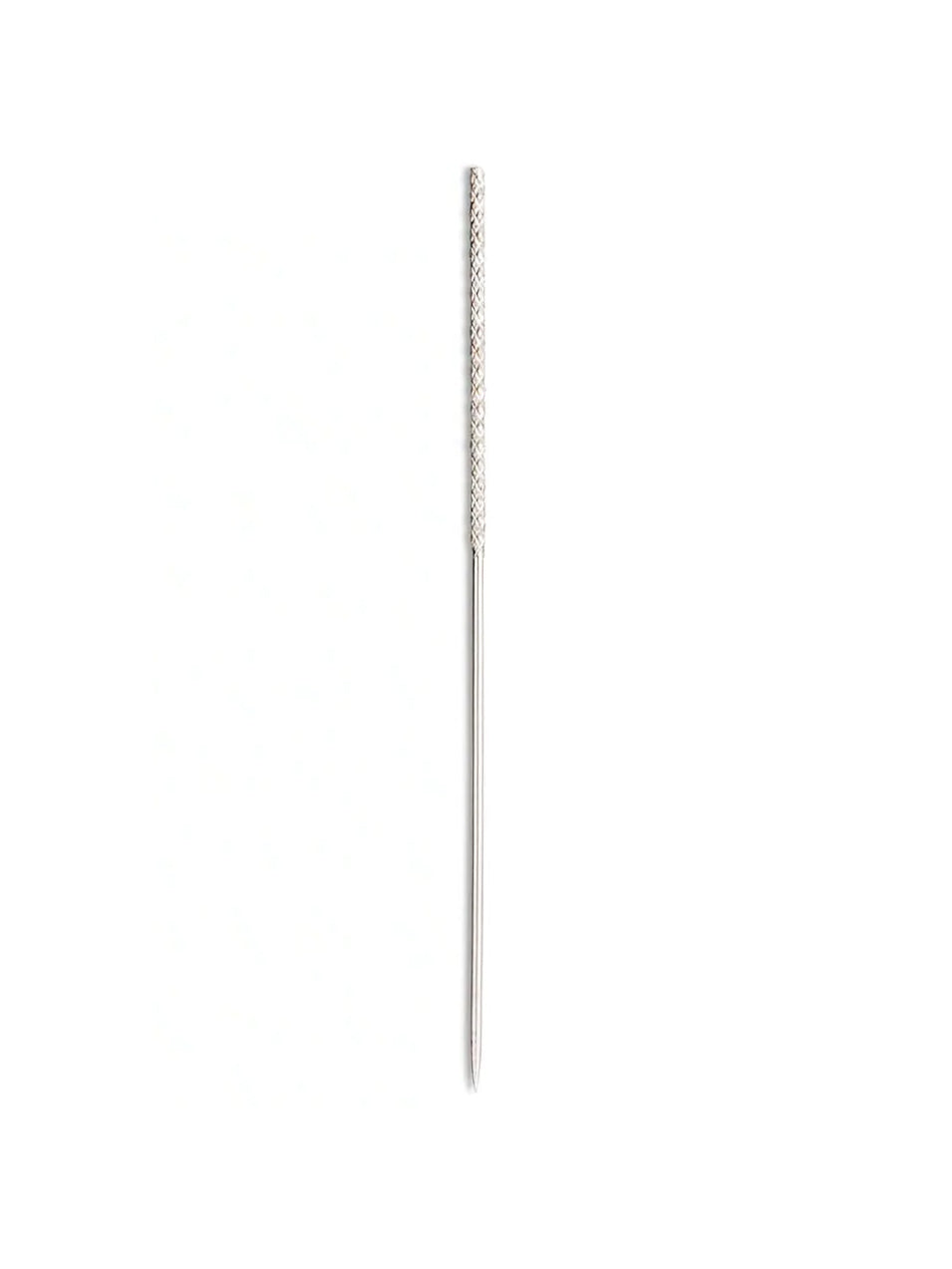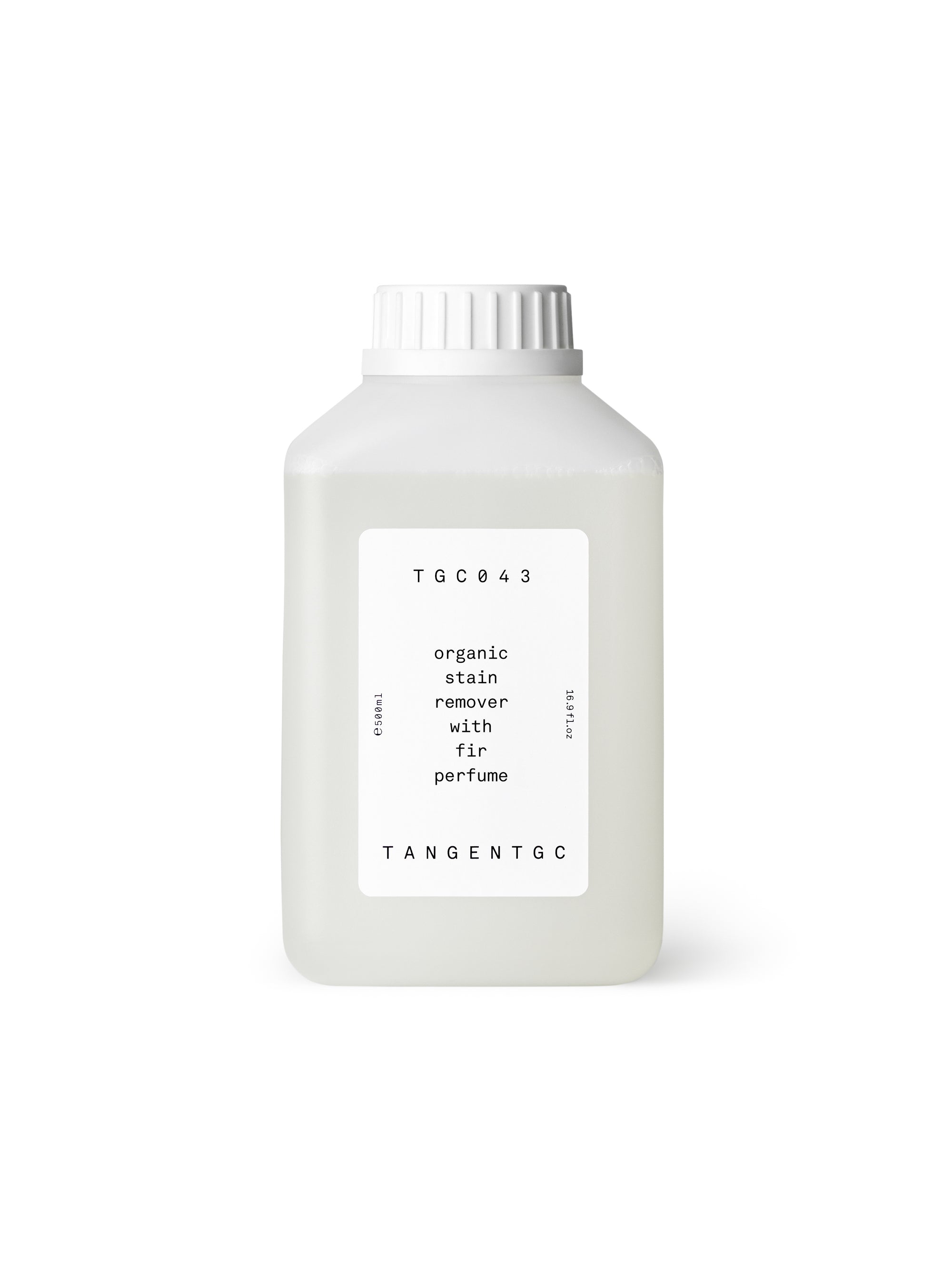GARMENT CARE
when you take care of things, they will last

Airing is Caring
THE WOOL CARE GUIDE
Wool is a fibre that seems to have one of the most notorious reputations when it comes to garment care. Yet, it has attained this reputation unrightfully so. Besides being a very versatile and sustainable fibre that is known for its potential to have a long, hard wearing life it is also very easy to care for. This doesn’t mean wool needs less attention, but because of its inherent qualities it requires less intensive care than garments made from other fibres. With the right knowledge you can apply proper care and attention to your wool garments so that they will have a longer life and will become an essential piece of your wardrobe.
TO WASH OR NOT TO WASH, THAT’S THE QUESTION
And not washing your woollen knitwear is our answer. If you have problems with caring for wool than frequent washing might be one of your core mistakes as this can cause damage to the fabric and fading of the colours. We know it is an odd thing to believe but trust us on this. Because of its odour, stain and crease-resistant properties Merino wool can practically take care of itself. The best way to keep your knitwear fresh is to let wools natural properties do the work by airing and resting the garments between wears.
AIR AND REST WOOL KNITWEAR TO REFRESHS
As we like to say: "Airing is caring". Although Merino wool can take care of its self, it doesn’t mind a little help. Instead of washing, air out your woollen garments from time to time to remove any unwanted odours by either laying them flat on a bed or hanging it on a hanger for an hour or so. A good alternative is to hang your wool knitwear in a steamy bathroom, the additional benefit here is that the moisture from the steam will remove any wrinkles. If your are still stuck with unwanted odours you can apply a clothing spray that is appropriate for wool.
To retain the shape, it is important to rest your wool garments for 24 hours before wearing it again. This gives the natural resilience and spring in the wool fibre time to recover and return to its original shape.
WHEN YOU NEED TO WASH, WASH WITH CARE
When the moment is there and you need to wash your sweater we advice you to be gentle. If you follow the below step by step in instructions your garment should come out looking like new.
We do recommend that you wash or spot clean your wool garments when the seasons change and you will put them away for long term storage. Any residual dirt, food remnants or body oils can damage the garment and attract moths.
First things first. Before you can wash your wool garment you will need to inspect the fabric for any snags, a small tear or pull where a thread has been drawn out of its normal weave pattern. Use a snag needle to pull the piece of lose yarn to the inside of the fabric. It is essential that you remove the snags before you start using fabric shaveder as it will cut the thread an a hole will occur.
Pilling is the natural formation of fuzzy balls on the surface of your wool sweater. If not too many pills have been formed then they can be removed by hand. Otherwise the pills can easily be removed with a lint brush or a fabric shaver. Just make sure that you use these tools very gentle. Rubbing to hard against the fabric may damage or hurt the fabric which can cause more pills.
Our advice is to wash it by hand. This sounds like a lot of work but it actually isn’t. Just fill a clean sink with cold water (ca 30°C) and soak the garment for 15 minutes. If you add any soap make sure to use a delicate detergent appropriate for wool an avoid using softeners. After soaking rinse, the garment with clean water once or twice to remove any soap from the fabric. It is important that you don’t place your wool garments under running water during these steps as this may felt of full the wool.
If you decide to wash your garments in a washing machine, which we don’t advise for our garments, make sure the wool cycle does not spin during the program. A proper wool program should only rock the drum left to right and never spin a full cycle.
- Turn your wool sweater inside out, or use a laundry bag.
- Select the wool program or wash in cold water (ca 30°C).
- Same rules apply here for the use of soap, only add a detergent appropriate for wool an avoid using softener.
- Keep you fingers crossed.
In case of hand wash, after soaking, lift it out of the water. Make sure to support the garment so the wet fabric doesn’t sag and stretch and give it a couple of gently squeezes. Don’t wring to hard as this can cause creases to occur. To remove any excess water, roll the garment in a towel to squeeze out water.
Any wool knitwear, either hand or machine washed, should be flat-dried in the shade placed on a white towel. Once laid flat gently place the garment back into shape and size and remove any creases or folds.
Avoid placing your knitwear in direct sunlight which can cause colours to fade and don’t hang your knitwear out to dry. Because wool can absorb a lot of water, they can become quite heavy and drying on hangers can cause knitted garments to stretch and loses its shape.
Considering a good od tumble dry? Please don’t. This will cause extreme shrinkage and will most likely ruin your sweater beyond repair, unless your plan was to hand it down to the younger generation.
it's always best to fold your knitwear to keep their shape. But before you do, always air and refresh your garments before storing to prevent odours, stains and build-up of dirt. Avoid hanging knitwear on hangers during storage as this will stretch the garment out of shape.
Besides a clean garment, cedar blocks or balls are a great natural option to prevent moths. Just place them in your closet and the balls will take care of the rest. The safest option is to store your knitwear inside a bag made from cotton which will allow you woollen garments to be safe and able to breath during storage.
The chance of creases to occurs on your knitwear should be low due to the inherent qualities of wool and they should be even slimmer if you remove creases or folds in the drying process. Just in case you find one and want to get rid of it here are some instructions on how to iron your woollen knitwear.
It is important to iron on low temperature as this can cause discolouration or scorch marks. Make sure you set the iron on the Wool, Medium or 2-dot heat setting and lay the garment flat. Add a bit of moist to the fabric by either spraying the garment with a little water or use the iron to apply a bit of steam. This will make crease removal and reshaping easier. After ironing your knitwear let the garment lay flat on a smooth hard surface for 5 minutes before storing. Avoid applying to much pressure as this will lead to the fabric of the sweater to become shiny.
A FINAL WORD OF ADVICE
While wool's natural properties allow it to require less frequent washing, regular maintenance plays a crucial role in extending the life and preserving the quality of your wool garments. Beyond the basic care cycle of washing, it is wise to engage in periodic maintenance. This includes repairing snags, performing spot cleaning, and cleaning the fabric with tools like a lint brush or a fabric shaver. Addressing these issues promptly ensures that minor damages are corrected before they escalate, maintaining the garment's pristine condition and comfort. By incorporating these practices into your garment care routine, you give your wool knitwear the best chance to serve as a long-lasting and cherished part of your wardrobe.
